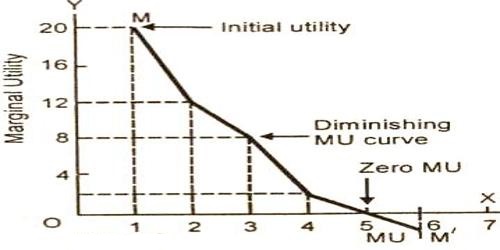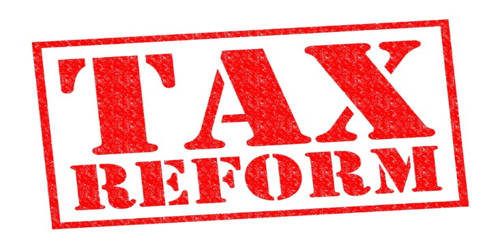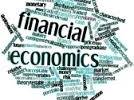Concept of Marginal Utility
Utility is an idea that people get a certain level of satisfaction / happiness / utility from consuming goods and service. Marginal utility is the change in total utility by the consumption of an additional unit of a commodity. Marginal utility is the benefit from consuming an extra unit. In other words, marginal utility is the addition to the total utility derived from the consumption of one additional unit. It is also called additional utility.
Marginal utility can be explained with the help of an example. When a consumer consumes one orange, he gets total utility equal to 8 utils. By consuming second orange, total utility becomes 14 utils i.e 8+6. Therefore the marginal utility of the second orange is 6 utils i.e. 14-8.
The marginal utility is positive when the consumption of an additional unit of good or service results in the increase in the total utility. On the other hand, it is negative when the additional unit consumed results in the decrease in the total utility. The concept of marginal utility is based on the notion that the utility derived from the consumption of an additional unit of the commodity has an inverse relation to the number of units of that commodity an individual already owns.
Explanation
Depending on which theory of utility is used, the interpretation of marginal utility can be meaningful or not. Economists have commonly described utility as if it were quantifiable, that is, as if different levels of utility could be compared along a numerical scale. This has affected the development and reception of theories of marginal utility. Quantitative concepts of utility allow familiar arithmetic operations, and further assumptions of continuity and differentiability greatly increase tractability.
The economists observed that the value of diamonds was far greater than that of bread, even though bread, being essential to the continuation of life, had far greater utility than did diamonds, which were merely ornaments. This problem, known as the paradox of value, was solved by the application of the concept of marginal utility. Because diamonds are scarce and the demand for them was great, the possession of additional units was a high priority. This meant their marginal utility was high, and consumers were willing to pay a comparatively high price for them. Bread is much less valuable only because it is much less scarce, and the buyers of bread possess enough to satisfy their most pressing need for it. Additional purchases of bread beyond people’s appetite for it will be of decreasing benefit or utility and will eventually lose all utility beyond the point at which hunger is completely satisfied.
Example:
Marginal utility can be illustrated by the following example. The marginal utility of one slice of bread offered to a family that has only seven slices will be great, since the family will be that much less hungry and the difference between seven and eight is proportionally significant. An extra slice of bread offered to a family that has 30 slices, however, will have less marginal utility, since the difference between 30 and 31 is proportionally smaller and the family’s hunger has been allayed by what it had already. Thus, the marginal utility to a buyer of a product decreases as he purchases more and more of that product, until the point is reached at which he has no need at all of additional units. The marginal utility is then zero.
Information Source:
















